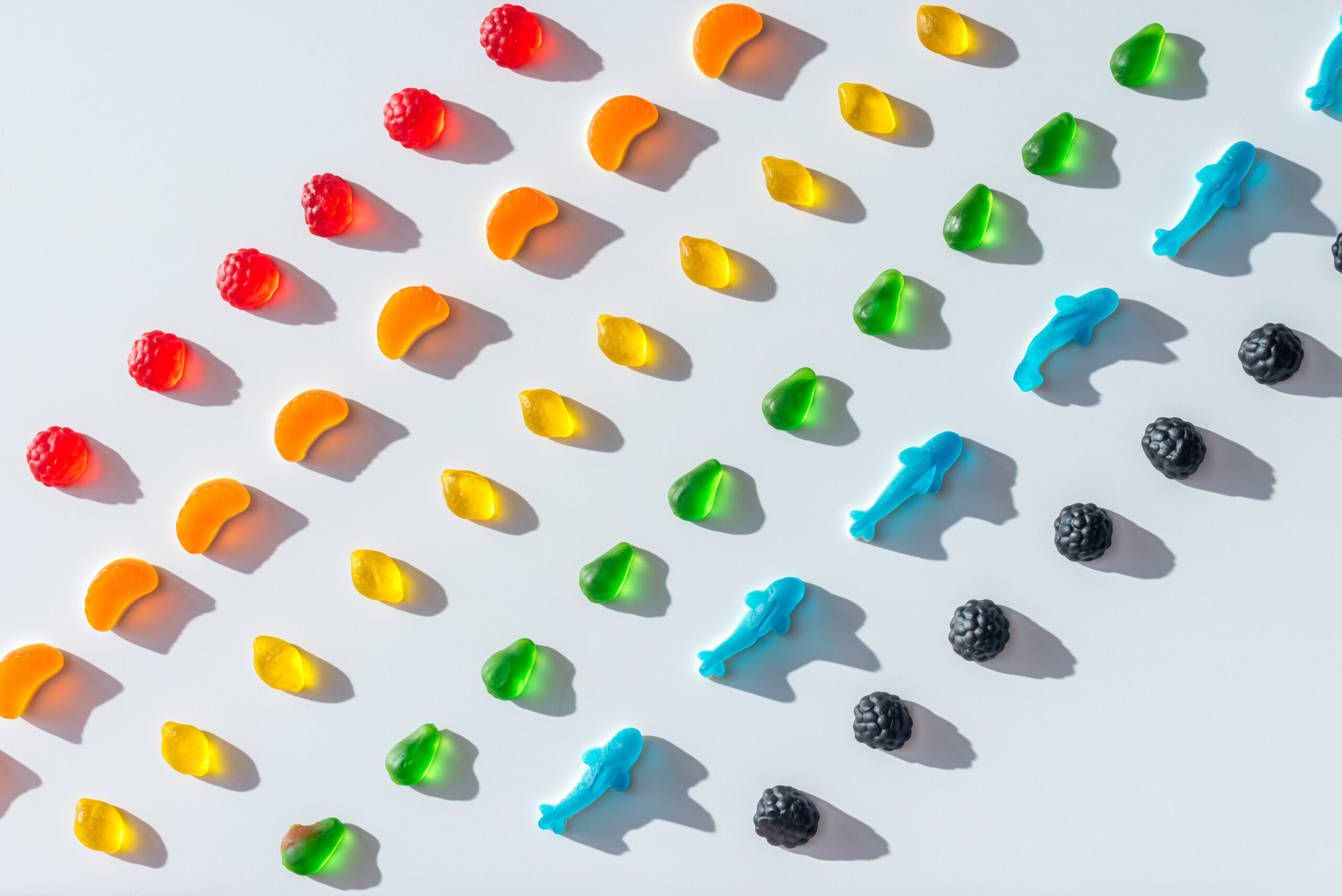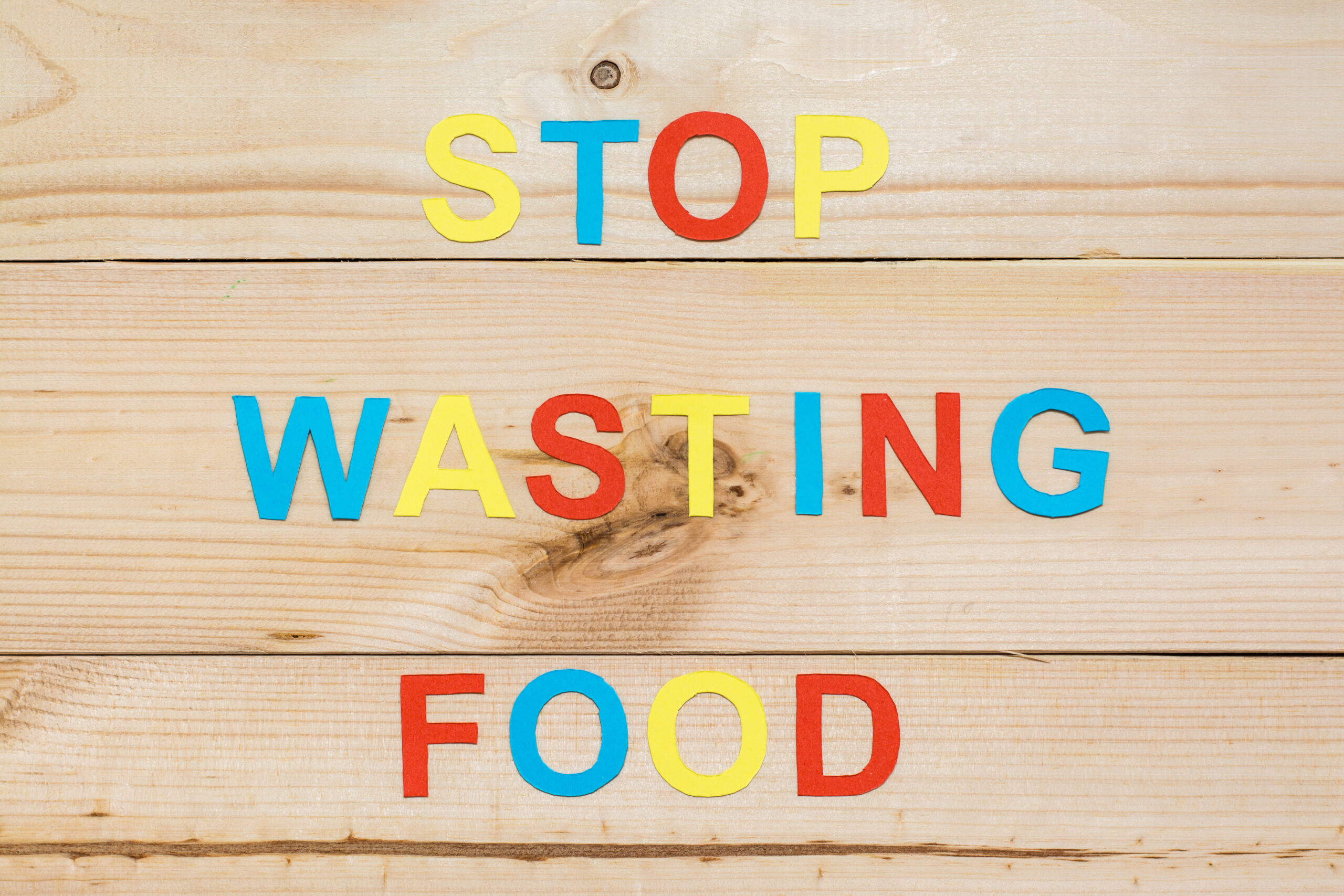In recent years, the food industry has faced growing scrutiny over its environmental impact, particularly concerning the use of plastic packaging. This scrutiny has sparked significant interest and investment in alternative packaging solutions, with edible food packaging emerging as a particularly innovative and sustainable option. Let’s explore the rise of edible food packaging and delve into the technologies and types of edible packaging available.
The Rise of Edible Food Packaging
The urgency to transition away from plastic waste is more critical than ever. Plastic packaging, a once-hailed convenience, has become a global environmental dilemma. It contributes to the pollution of oceans and landscapes, harming wildlife and taking centuries to decompose. The shift towards edible and biodegradable food packaging represents a proactive step in addressing these environmental challenges.
Consumers’ growing awareness of and concern for environmental sustainability have significantly fueled this shift, driving demand for packaging solutions that are not only safe for consumption but also minimize ecological footprints. Edible food packaging, made from natural and often upcycled ingredients, offers a promising path forward by providing a waste-free alternative that could potentially revolutionize how we store, transport and consume food products.
Related: Is Fiber Based Packaging the Next Trend in Sustainable Food Packaging?
Innovations and Technologies
Edible food packaging incorporates a variety of materials and technologies, each tailored to different types of food and consumer needs. The most common materials used include proteins, lipids and polysaccharides. These materials can be derived from a range of sources including seaweed, milk protein (casein) and plant starches. These materials are not only edible but can also be designed to enhance food preservation, improving the product’s shelf life and nutritional value.
One of the most exciting developments in this area is the creation of films and coatings that are directly applied to the food item. These films can serve multiple functions, from acting as moisture barriers to enhancing the food’s flavor. For example, a protein-based film might be used to lock in moisture in fresh produce, while a lipid-based coating could provide a water-resistant layer for items prone to spoilage.
Beyond these innovations, researchers are also exploring the use of 3D printing technology to create customized edible packaging solutions. This approach holds the potential for creating packaging that is not only functional and edible but also customizable to specific dietary requirements and preferences.
XTALKS WEBINAR: Drainage Solutions to Enhance Product Safety for the F&B and Pharma Industries
Live and On-Demand: Thursday, April 25, 2024, at 1pm EDT (10am PDT)
Register for this free webinar to learn about the importance of hygienic drainage solutions in maintaining optimal hygiene within facilities.
Leading Companies in Edible Food Packaging
Several pioneering companies are at the forefront of developing and commercializing edible food packaging solutions, each contributing unique innovations to the market.
- Foodberry: “Foodberries” are an innovative sustainable coating technology designed to mimic the protective qualities of fruit skins and peels. This technology offers a barrier against moisture while preserving the nutritional value and enhancing the flavor of food items. Crafted from a blend of nutrient-rich fruit and vegetable fibers, phytonutrients and minerals, Foodberries provide a non-permeable, plant-based protective layer for various foods.
- Notpla: A London-based startup, Notpla is making waves with its edible water pods made from seaweed. Its flagship product, Ooho, encapsulates water or other beverages in a clear, membrane-like sphere made from seaweed extract.
- Incredible Eats: Incredible Eats is making strides with its edible cutlery, offering a practical and eco-friendly alternative to plastic utensils. Made from wheat, corn and oat fibers, their spoons, forks and knives can withstand hot and cold foods and come in various flavors.
The development and adoption of edible food packaging represent a significant leap forward in the effort to combat plastic waste and promote sustainability in the food industry. The edible packaging market is estimated to be worth approximately $2.8 billion by 2030, growing at a compound annual growth rate (CAGR) of 14.31 percent.
As technology advances and consumer demand for eco-friendly products grows, the market for edible packaging is set to expand, offering new opportunities for innovation and environmental stewardship. The companies leading this charge are not only reimagining how we think about packaging but are also setting the stage for a future where food and packaging are in harmony with nature, rather than at odds with it.
If you want your company to be featured on Xtalks.com, please email [email protected].












Join or login to leave a comment
JOIN LOGIN